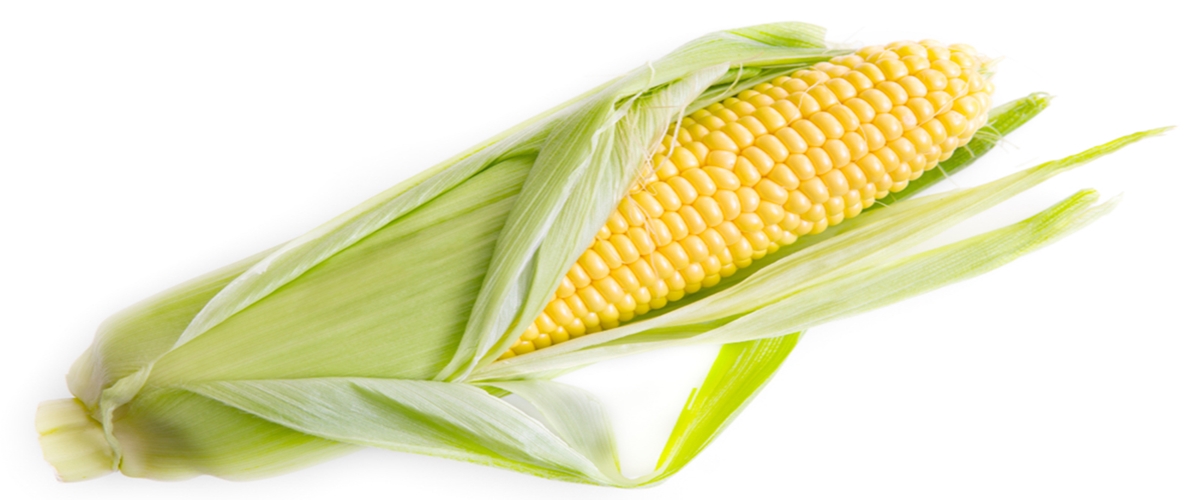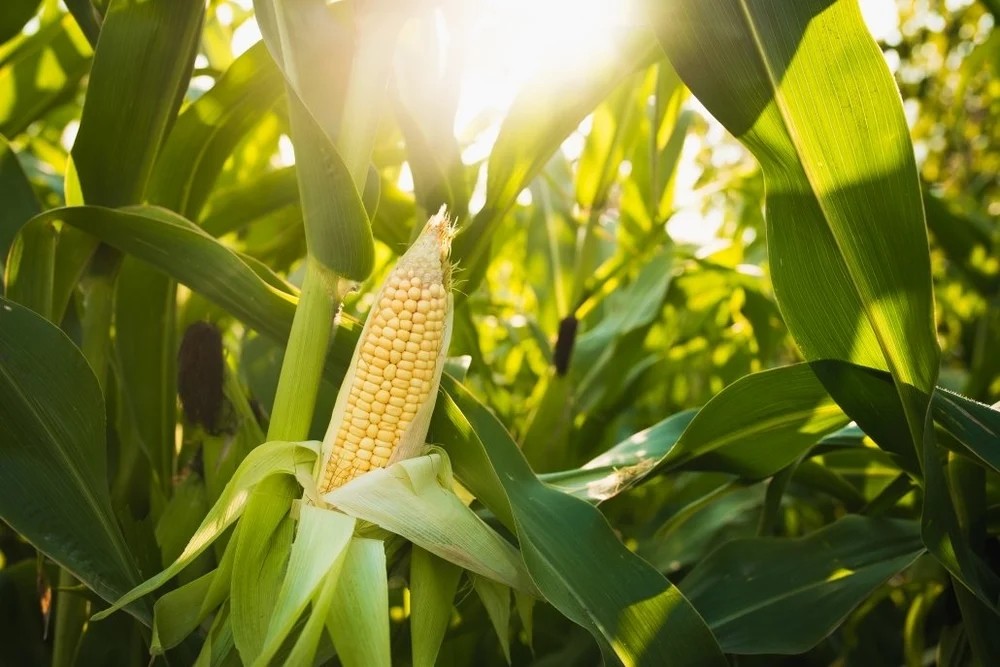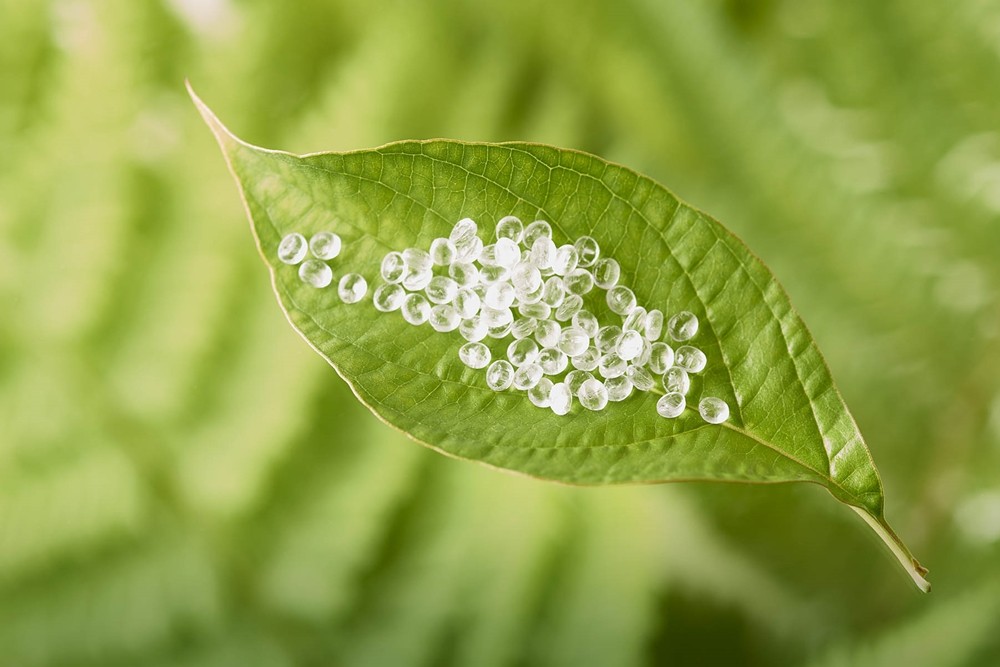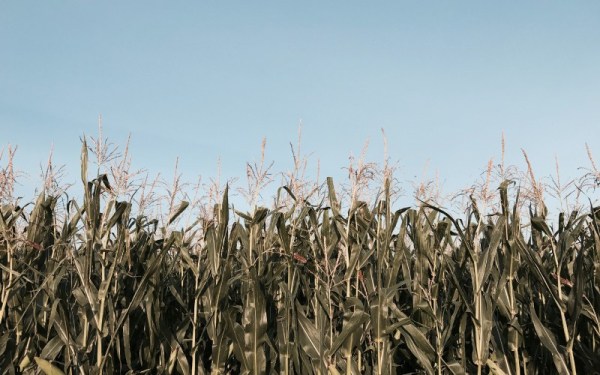
A Little Change for The Diapers, A Big Change for The World | Eco Boom Baby Bamboo Diapers and Wipes Manufacturer
A Little Change for The Diapers, A Big Change for The World | Eco Boom Baby Bamboo Diapers and Wipes Manufacturer

Polylactic Acid is biodegradable and has characteristics similar to polypropylene (PP), polyethylene (PE), or polystyrene (PS).
What is PLA?
Polylactic Acid (PLA) is different than most thermoplastic polymers in that it is derived from renewable resources like corn starch or sugar cane. Most plastics, by contrast, are derived from the distillation and polymerization of nonrenewable petroleum reserves. Plastics that are derived from biomass (e.g. PLA) are known as “bioplastics.”
Polylactic Acid is biodegradable and has characteristics similar to polypropylene (PP), polyethylene (PE), or polystyrene (PS). It can be produced from already existing manufacturing equipment (those designed and originally used for petrochemical industry plastics). This makes it relatively cost efficient to produce. Accordingly, PLA has the second largest production volume of any bioplastic (the most common typically cited as thermoplastic starch).
Where is It Used?
Food-Packing industry: PLA is Generally Recognized as Safe (GRAS) when using it to store food. Even though it can release lactic acid in contact with specific liquids, it was not found to have a concentration high enough to harm humans. Read more about PLA in the food industry and what you really need to know about it.
Healthcare and Medical industry: PLA plastic is biocompatible, meaning that it can be used for devices in the human body with minimum inflammation and infection. As a result, and given its attractive source, it has been employed in the production of biomedical and clinical applications, in bone fixation devices, such as screws, plates, surgical structure and meshes, and drug delivery systems. An amazing addition is the possibilities in tissue engineering. Its bio-compatibility and its ability to dissolve in the body show that it posses great promise in solving problems such as tissue loss and organ failure.
Structural applications: PLA material can be used in the construction industry as, for example, foam for insulation, fiber used in carpets, and in furnishing. However, given its properties and biological susceptibility, it has restricted applications in this industry.
Textile industry: Efforts in the plastic industry, aim to take bio-sourced PLA fiber to replace non-renewable polyester textiles. The advantages include breathability, lower weight, and recyclability, among others.
Cosmetics industry: consumer awareness of plastic pollution has driven industries as the cosmetic one to seek sustainable solutions that ensure product preservation.
Here is a look at some different PLA products on the market:
What Are The Different Types of Polylactic Acid and Why is it Used so Often?
There are several different types of Polylactic Acid to include Racemic PLLA (Poly-L-lactic Acid), Regular PLLA (Poly-L-lactic Acid), PDLA (Poly-D-lactic Acid), and PDLLA (Poly-DL-lactic Acid). They each have slightly different characteristics but are similar in that they are produced from a renewable resource (lactic acid: C3H6O3) as opposed to traditional plastics which are derived from nonrenewable petroleum.
PLA production is a popular idea as it represents the fulfillment of the dream of cost-efficient, non-petroleum plastic production. The huge benefit of PLA as a bioplastic is its versatility and the fact that it naturally degrades when exposed to the environment. For example, a PLA bottle left in the ocean would typically degrade in six to 24 months. Compared to conventional plastics (which in the same environment can take several hundred to a thousand years to degrade) this is truly phenomenal. Accordingly, there is a high potential for PLA to be very useful in short lifespan applications where biodegradability is highly beneficial (e.g. as a plastic water bottle or as a container for fruit and vegetables). Of note, despite its ability to degrade when exposed to the elements over a long time, PLA is extremely robust in any normal application (e.g. as a plastic electronics part).

How is PLA made?
Polylactic Acid is principally made through two different processes: condensation and polymerization. The most common polymerization technique is known as ring-opening polymerization. This is a process that utilizes metal catalysts in combination with lactide to create the larger PLA molecules. The condensation process is similar with the principal difference being the temperature during the procedure and the by-products (condensates) that are released as a consequence of the reaction.



What are the Characteristics of Polylactic Acid?
Now that we know what it is used for, let’s examine some of the key properties of Polylactic Acid. PLA is classified as a “thermoplastic” polyester (as opposed to “thermoset”), and the name has to do with the way the plastic responds to heat. Thermoplastic materials become liquid at their melting point (150-160 degrees Celsius in the case of PLA). A major useful attribute about thermoplastics is that they can be heated to their melting point, cooled, and reheated again without significant degradation. Instead of burning, thermoplastics like Polylactic Acid liquefy, which allows them to be easily injection molded and then subsequently recycled. By contrast, thermoset plastics can only be heated once (typically during the injection molding process).
The first heating causes thermoset materials to set (similar to a 2-part epoxy) resulting in a chemical change that cannot be reversed. If you tried to heat a thermoset plastic to a high temperature a second time it would simply burn. This characteristic makes thermoset materials poor candidates for recycling. PLA falls under the SPI resin identification code of 7 ("others").
Is PLA toxic?
In solid form, no. In fact, Polylactic Acid (PLA) is biodegradable. It is often used in food handling and medical implants that biodegrade within the body over time. Like most plastics,
it has the potential to be toxic if inhaled and/or absorbed into the skin or eyes as a vapor or liquid (i.e. during manufacturing processes). Be careful and closely follow handling instructions for molten polymer in particular.
What Are the Benefits?
PLA is bio-based and biodegradable. These are the most outstanding properties, especially considering that one does not automatically imply the other. Being bio-based implies that the material is derived from biomass. As for being biodegradable, PLA undergoes a transformation into natural material, such as water, carbon dioxide, and composite.
This process is carried out by microorganisms in the environment and is strongly dependent on conditions such as temperature and humidity.
PLA is a thermoplastic, meaning that it can be melted and reshaped without significantly degrading its mechanical properties. Hence, PLA is mechanically recyclable.
It is derived from renewable resources, a sharp contrast to the petroleum-based plastics, which have a finite availability.
(Close to) carbon neutral: its renewable sources actually absorb carbon.
It does not release toxic fumes when oxygenated.
PLA plastic is recognized as safe by the United States Food and Drug Administration. Additionally, it is safe for all food packaging applications.
Its non-toxicity has allowed its incorporation in medical applications.
What Are the Drawbacks?
Slow decomposition outside of a controlled environment. Even though PLA plastic is biodegradable, it will only be decomposed within three months when having specific and controlled composting conditions, i.e. when commercial compost facilities are available. On a landfill, were a large part of it will end, it can take somewhere between 100 to 1000 years to decompose.
There’s an underlying moral issue with its production. The world’s rising population raises the concern of whether it’s ethical to spend entire crops of corn, for example, in the production of bioplastics, rather than feeding the population in need.
It heavily relies on the use of transgenic crops. An entire discussion can be created around this topic. But just to mention a few, the rise in monoculture, along with the largely voiced concerns of lack of long-term testing, is a major drawback in the public sphere.
Mixing it with traditional plastics can contaminate the recycling process. Being chemically different from plastics marked #1 to #6, PLA marked #7 should be properly separated before the recycling process begins.
Pro and con: Decomposition. Suppose that you want to use biodegradable plastic to store your food. On the long run, it sounds amazing to use a plastic that (under the right conditions) will not be laying around for centuries. In the immediate future, you want your food to stay fresh and tasty for as long as it can. This is a problem especially for food exportation, which must survive the production, packaging, transportation, selling and finally consumption.
PLA plastic will behave in a brittle way unless blending it with less environmentally friendly polymers.
When compared to petroleum-based plastics, bioplastics such as PLA are deficient in their strength and crystallinity.




Is It Sustainable?
The answer to this question depends strictly on where on Earth it is asked. In the gross sense, yes, PLA plastic is sustainable. It comes from renewable resources that absorb CO2 and convert it into glucose. This will later be processed to obtain a nearly carbon-free product. After PLA material is ready to be disposed of by the consumer, it can be biodegraded.
However, this last point is dependent on where its useful life ends. Proper disposal of PLA plastic requires very specific conditions, and mixing it with other plastics can affect the whole recycling process. The waste PLA plastic needs to be sorted apart and sent to an industrial composting facility. This implies an environmental cost for transportation. Later, the bioplastic is to be heated to around 60°C and exposed to special microbes, which will digest the material and decompose it.
Yet, many cities do not have the facilities to carry this process. And even if they did, PLA plastic would need a strict separation process that cannot always be ensured. As a consequence, most of the PLA plastic waste will end up in landfills or in the oceans.
The Future of PLA
PLA is an awesome development that offers amazing possibilities for replacing petroleum-based plastics. The bio-based and biodegradable principles promise this thermoplastic will have increasing application in the medical and food industries, among others. However, much has to be overcome to ensure actual sustainability. Two main points in PLA research to be overcome are:
Crystallization behavior of different grades within PLA. This is essential in order to control the plastic’s degradation rate, optical properties, thermal resistance, and mechanical properties, among others.
Feasible and accessible means for separation and decomposition of PLA are needed. So far, regardless of the advantageous decomposition possibilities of the plastic, the failure in properly reaching the waste material to the correct composite facility might result in it being no better than other petroleum-based plastics.
So, even though we are keen to see its development in the years to come, a broader reach, stronger waste disposal and enhancement of the mechanical properties are essential in order to take over the non-renewable plastics currently dominating the industry. We are happy to wait for such improvements in the near future.
Copyright © 2019 XIAMEN MK HEALTH CARE PRODUCT CO., LTD . | All Rights Reserved
We are here to help you! If you close the chatbox, you will automatically receive a response from us via email. Please be sure to leave your contact details so that we can better assist